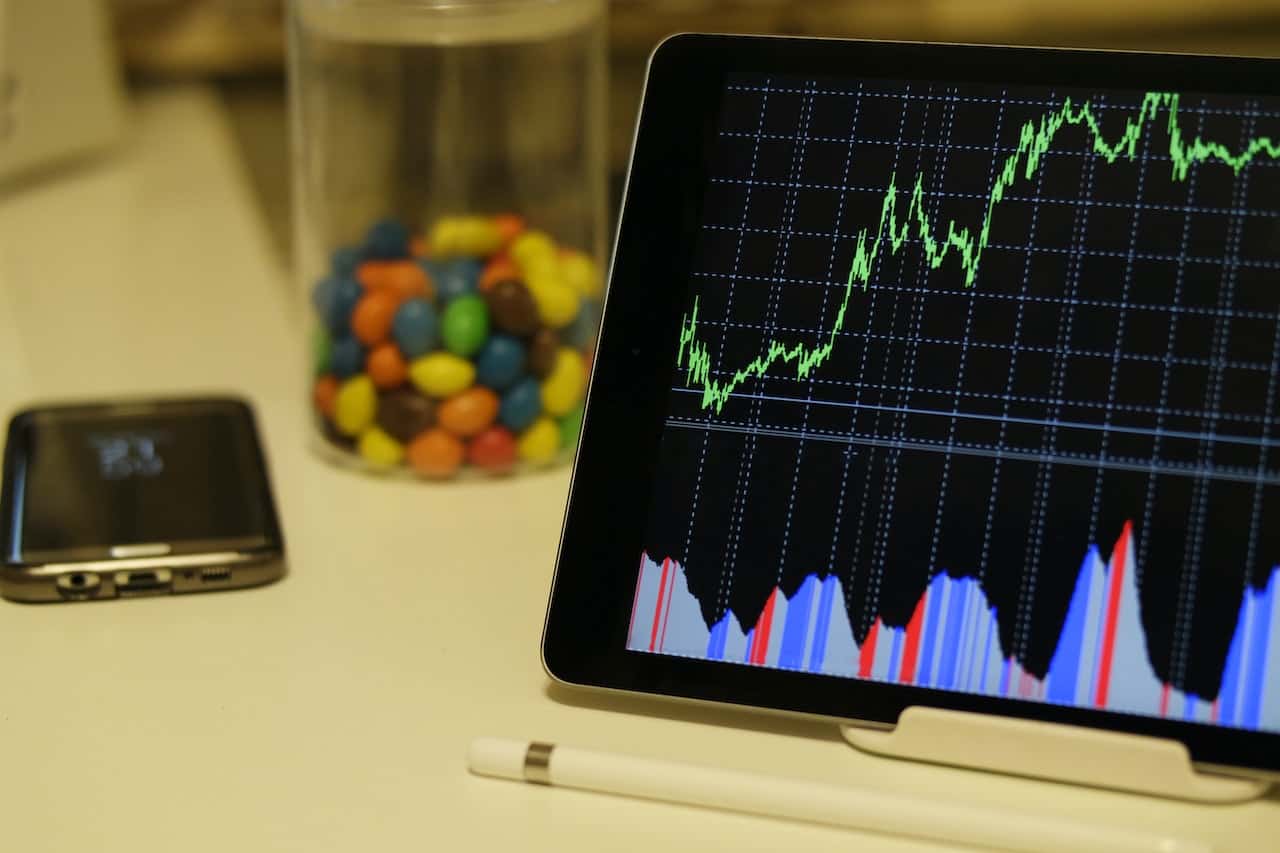Day trading is a popular form of trading that involves buying and selling financial instruments within a single trading day.
The goal of day trading is to make a profit from the price movements of these instruments.
We will discuss what day trading is, day trading strategies, high–frequency day trading, day trading rules, day trading crypto, day trading software, day trading forex, the best day trading platform, and day trading simulators.
What is Day Trading?
Day trading is a type of trading that involves buying and selling financial instruments such as stocks, options, futures, currencies, and cryptocurrencies within a single trading day.
The goal of day trading is to take advantage of the price movements of these instruments, by buying low and selling high or selling high and buying low.
Day traders typically use technical analysis to identify trading opportunities and execute trades based on their analysis.
Day Trading Strategies
There are several day trading strategies that traders can use to profit from the price movements of financial instruments. These strategies include:
Scalping: This strategy involves making multiple trades in a single day, with the goal of making small profits from each trade. Scalping requires quick decision-making skills and the ability to execute trades rapidly.
Momentum Trading: This strategy involves buying or selling financial instruments that are showing strong momentum in a particular direction. Momentum traders typically use technical indicators such as moving averages and relative strength index (RSI) to identify trends and make trading decisions.
Breakout Trading: This strategy involves buying or selling financial instruments when they break through a key level of support or resistance. Breakout traders typically use chart patterns such as triangles and rectangles to identify these levels.
High-Frequency Day Trading
“High-frequency day trading” is a type of day trading that involves using algorithms and advanced trading software to execute trades at very high speeds. High-frequency traders typically use proprietary trading algorithms to analyze market data and execute trades based on their analysis. High-frequency trading is most commonly used in the stock market, but it is also used in other financial markets such as futures and currencies.
Day Trading Rules
Day trading is a high-risk activity that requires discipline and knowledge. Here are some rules that everyday traders should follow:
- Have a Trading Plan: Every day traders should have a trading plan that outlines their trading strategy, risk management plan, and trading goals.
- Use Stop-Loss Orders: Stop-loss orders can help minimize losses by automatically closing a trade when the price reaches a predetermined level.
- Manage Risk: Day traders should manage their risk by using appropriate position sizing and avoiding overtrading.
- Keep Records: Keeping records of all trades can help day traders analyze their performance and identify areas for improvement.
Day Trading Crypto
Day trading crypto involves buying and selling cryptocurrencies such as Bitcoin and Ethereum within a single trading day. Crypto-day traders typically use technical analysis to identify trading opportunities and execute trades based on their analysis. Day trading crypto is a high-risk activity due to the volatility of the crypto market, but it can also be highly profitable for skilled traders.
Day Trading Software
Day trading software is essential for day traders as it provides access to real-time market data, advanced charting tools, and order execution capabilities. Some popular day trading software includes:
Thinkorswim: A trading platform offered by TD Ameritrade that provides access to real-time data, advanced charting tools, and customizable trading strategies.
NinjaTrader: A trading platform that offers advanced charting tools, trading analysis, and order execution capabilities.
MetaTrader 4: A trading platform that offers advanced charting tools, trading analysis, and automated trading capabilities.
Day Trading Forex
Day trading forex involves buying and selling currencies within a single trading day. Forex day traders typically use technical analysis to identify trading opportunities and execute trades based on their analysis. Forex day trading is a high-risk activity due to the volatility of the forex market, but it can also be highly profitable for skilled traders.
Best Day Trading Platform
The best day trading platform depends on the needs of the trader. Some popular day trading platforms include:
Interactive Brokers: A brokerage firm that offers access to a wide range of financial instruments and advanced trading tools.
E*TRADE: A brokerage firm that offers access to a wide range of financial instruments and customizable trading platforms.
Charles Schwab: A brokerage firm that offers access to a wide range of financial instruments and advanced trading tools.
Day Trading Simulator
Day trading simulators are a great way for beginners to practice day trading without risking real money. Simulators provide access to real-time market data and allow traders to test their trading strategies in a risk-free environment. Some popular day trading simulators include:
TradingSim: A trading simulator that provides access to real-time market data and customizable trading strategies.
Investopedia Simulator: A trading simulator that provides access to real-time market data and educational resources.
TD Ameritrade Thinkorswim PaperMoney: A trading simulator that provides access to real-time market data and advanced charting tools.
Conclusion
Day trading is a high-risk activity that requires discipline, knowledge, and the right tools. By following day trading rules and using appropriate day trading strategies, traders can profit from the price movements of financial instruments. Whether trading stocks, options, futures, currencies, or cryptocurrencies, day trading can be a highly profitable activity for skilled traders.
